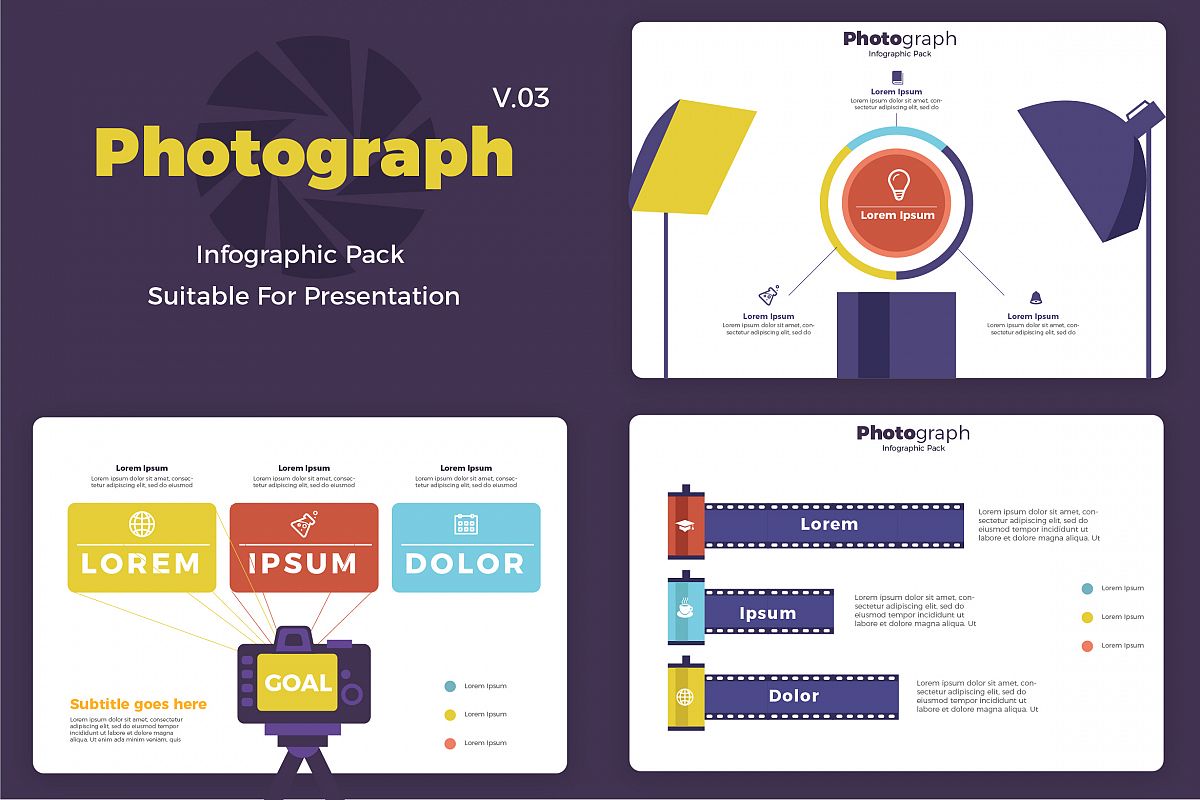Transform Your Digital Photography By Understanding Lights Methods That Can Elevate Your Photos-- Find The Common Pitfalls That Could Be Holding You Back
Transform Your Digital Photography By Understanding Lights Methods That Can Elevate Your Photos-- Find The Common Pitfalls That Could Be Holding You Back
Blog Article
Related Web Page -Boone Fraser
As a professional photographer, you recognize that illumination can make or damage your photos. Comprehending the subtleties of both natural and synthetic light is crucial for catching the state of mind and quality you go for in your job. Whether you're chasing after the perfect golden hour radiance or fine-tuning your fabricated setups, mastering these elements can raise your digital photography dramatically. Yet there prevail risks that numerous neglect, and identifying them can transform your method to every shoot. Allow's discover what you may be missing out on and just how it can influence your results.
Comprehending All-natural Light
Recognizing all-natural light is important for any type of digital photographer seeking to improve their job. It's the foundation of great photography, affecting mood, tone, and clarity. When you fire outdoors, focus on the moment of day. The gold hour-- quickly after sunrise and prior to sunset-- uses soft, warm light that can change common scenes right into sensational photos.
Don't underestimate the power of cloudy days. Cloud cover diffuses sunlight, producing a soft, even light that's best for portraits and macro digital photography. You'll discover shades pop in this kind of illumination without harsh darkness.
Positioning matters, too. Constantly consider your subject's alignment to the source of light. If the sun's behind your topic, you may wind up with a shape, which can be remarkable but mightn't be what you want. On the other hand, direct sunshine can produce uncomplimentary shadows.
Explore angles; sometimes, transforming your perspective can yield outstanding results. Usage natural reflectors, like water or sand, to bounce light onto your subject, adding dimension.
Mastering Artificial Light
Grasping fabricated light is crucial for digital photographers that want to take their skills to the following level. Whether you're utilizing speedlights, workshop strobes, or continual lights, understanding how to adjust these resources can dramatically boost your images.
Beginning by familiarizing on your own with the fundamentals of light quality, instructions, and shade temperature level. Try out different modifiers like softboxes, umbrellas, or grids to manage the softness or harshness of the light.
You'll find that soft light often develops complementary outcomes, while harsher light can include drama and deepness. Do not shy away from shadows; they can boost the three-dimensionality of your subjects.
Pay very close attention to the placement of your lights. A light located as well near your topic can produce unflattering results, while also far away can cause a lack of information. Use a light meter or your electronic camera's histogram to guarantee you're subjecting correctly.
Finally, keep in mind that fabricated light can be combined with ambient light for creative results. Stabilizing these resources could take practice, once you grasp it, your digital photography will genuinely beam.
Methods for Different Situations
When you step into various shooting circumstances, adjusting your lighting methods is important for catching the most effective photos. For outdoor portraits, use the gold hour-- morning or late afternoon light-- to soften darkness and enhance complexion.
If related resource site 's a rough noontime sunlight, consider making use of a reflector to jump light back onto your topic or look for shaded areas for a more even exposure.
In low-light situations, like interior events, increase your ISO and use a broad aperture to allow in more light. A tripod can assist remove video camera shake, allowing for longer direct exposures without blurring.
If you're shooting at night, try out off-camera flash to create dynamic illumination and deepness in your pictures.
For product digital photography, make use of diffused illumination to prevent extreme reflections. Softboxes or light camping tents can aid accomplish this result.
When photographing landscapes, think about the instructions of light and time of day, as it can considerably change the state of mind of your shot.
Constantly be ready to adjust your settings and positioning based upon the circumstance, as versatility is essential to mastering illumination in photography.
Final thought
Finally, mastering lighting is essential to boosting your digital photography abilities. Welcome all-natural light's appeal during golden hour, and don't avoid trying out artificial light techniques. By adjusting your approach to various circumstances, you'll capture sensational pictures that reverberate with emotion and clarity. Keep in mind, the appropriate illumination can change a regular shot into something phenomenal, so keep exercising and fine-tuning your understanding of both natural and man-made light. Delighted shooting!
